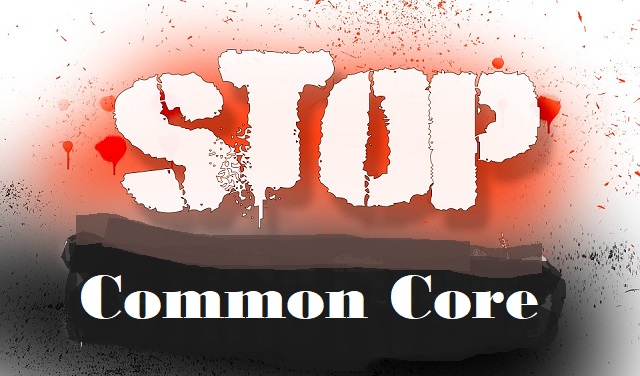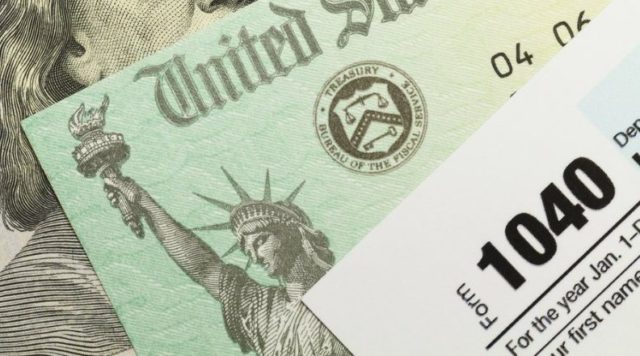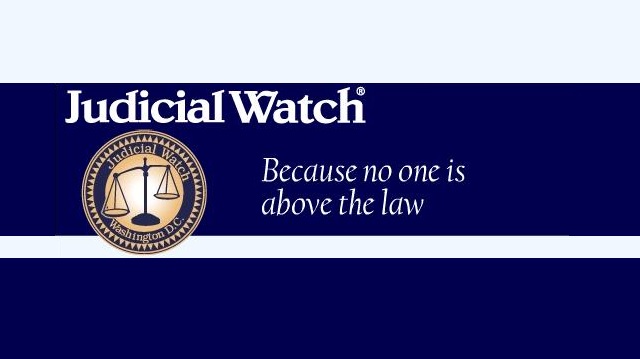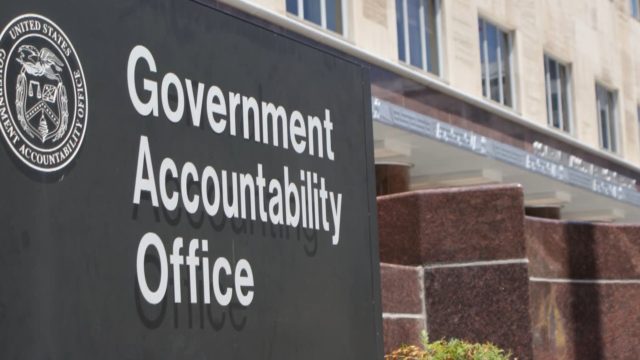President Trumps Next Move MUST Count
President Donald Trump is one of Americas most intelligent and successful business moguls and he has no doubt survived many assaults on his family and businesses in the highly competitive and sometimes cut-throat world of business. But the kind of evil he entered upon accepting the Oval Office in his effort to “Make America Great Again” was beyond his imagination… It makes mob business battles look like child’s play.
From the moment Trump announced his bid for the White House, he, his family and his friends have all been under constant attack by the global power structure erected long ago in America. The Soros network of bought and paid for politicians and his more than 200 anti-American NGOs have been busy around the clock undermining Trump and they won’t stop until someone stops them…
The Triangulation of Trump
Trump survived the GOP primaries, then the general election and even his inauguration. But what happened next, only those who have been tracking the global elite for years could predict. Trump was admittedly blindsided by the depth and breadth of the “swamp.” He has been scrambling to stop the leaks from within his own staff and defend against an onslaught of assaults 24/7 since the day he was sworn in… and at present, he is losing the battle.
The “never-Trump” op is not only alive and well, it has Trump in a box. Beyond his Executive Orders, his agenda is dead in the water in the other two branches of the Federal Government and even 44 states are fighting his effort to drain the voter rolls of dead and illegal voters. Leftist sanctuary cities and states are openly subverting national sovereignty and security by thwarting Federal Immigration and Naturalization laws with total impunity. The “fake” Russian narrative continues despite a total lack of evidence, while the real political criminals in this country roam scot-free.
Meanwhile, Trumps champion of truth and justice AG Jeff Sessions, remains impotent by his own ill-advised recusal, with a gun to his head forcing him to sit on the sidelines as his boss is publicly annihilated by their common enemies.
Trump is triangulated and his next move MUST count, or he can’t survive…
Key Targets
Most of the key targets were identified in a Senate Judiciary Committee November 2, 2016 letter to DOJ Inspector General Michael E. Horowitz. On January 12, 2017 – Horowitz agreed to investigate, but then named himself the lead investigator, after which, no such investigation has advanced.
With Sessions in the recusal box, the DOJ is being run by long-time cohorts IG Horowitz, Deputy AG Rob Rosenstein and former FBI Director Robert Mueller, all of whom also have long-term active relationships with the Bush family, Bill and Hillary Clinton, James Comey, Obama, Loretta Lynch and numerous other “never-Trumpers.”
To escape his triangulated position, Trump must make the right moves swiftly and decisively or the swamp will continue to eat him alive.
Trumps Next Move
On the very real basis of obvious conflicts of interests and the reality that DOJ IG Horowitz has been running cover for the prior democrat administrations for years and now allows “fake” investigations on Trump-Russia to continue under the leadership of close comrades Mueller and Rosenstein – while deep sixing all investigations into Clinton-Obama crimes, Trump must fire both Horowitz and Rosenstein immediately, freeing AG Sessions to keep his oath of office.
Next, the Mueller (Clinton) lynch mob running the “never-Trump” investigations must also be fired immediately, as they were established by Rosenstein and Horowitz for the sole purpose of destroying Trump by any means. The entire Mueller lynch mob was created based on a “fake” illegal memo leaked to Columbia University friend Daniel Richmond, as former FBI Director James Comey testified to before Congress, made public by the Washington Post which has been ground zero for “fake” anti-Trump headlines for months now.
Another critical player in this evil “never-Trump” web is acting FBI Director Andrew McCabe, who also has long-time affiliations with this group of actors, his wife having received a reported $700,000 in funding from the Clinton Campaign so that McCabe would help steer the “never-Trump” op after the Comey firing.
To Escape Triangulation
Trump must take the following steps immediately… firing all the following as his starting point for “draining the swamp” that is currently eating him alive.
- DOJ IG Michael E. Horowitz
- Deputy AG Rod Rosenstein
- Robert Mueller and his lynch mob
- Acting FBI Director Andrew McCabe
Due to the never-ending security breaches that become lead stories in the Washington Post and New York Times daily, Trump must also immediately revoke Obama Executive Order 13526 which allows former administration staffers to retain unfettered security clearance and access, which they are currently using to undermine Trump and “leak” info out through the Washington Post and New York Times.
Trump is fighting both parties in Congress, the leftist courts, leftist mayors and governors across the country and this web of “never-Trumpers” running the Department of Justice.
No matter how smart or tough Trump may be, he will fall prey to this operation soon if he does not remove his enemies from these posts before Congress returns from recess. If he doesn’t pull the trigger on this, he will very likely face indictments (on fake evidence) from the Mueller mob very soon, backed by Rosenstein and Horowitz.
Senator Chuck Grassley and House Rep. King are trying to force a real investigation forward. These efforts are being blocked by Horowitz, Rosenstein, McCabe and Mueller. Trump has the power to single-handedly change it all. He MUST do it now!
RELATED ARTICLE: Delighted with Trump








 ANN ARBOR, MI – Continuing its legal battle to stop the federal government from taking control over our nation’s elementary and secondary public schools, the Thomas More Law Center (“TMLC”), a national public interest law firm based in Ann Arbor, Michigan, last week, filed a petition in the U.S. Supreme Court asking the Court to review a South Dakota Supreme Court decision which upheld South Dakota’s participation in a consortium of states that advance the Common Core curriculum.
ANN ARBOR, MI – Continuing its legal battle to stop the federal government from taking control over our nation’s elementary and secondary public schools, the Thomas More Law Center (“TMLC”), a national public interest law firm based in Ann Arbor, Michigan, last week, filed a petition in the U.S. Supreme Court asking the Court to review a South Dakota Supreme Court decision which upheld South Dakota’s participation in a consortium of states that advance the Common Core curriculum.














